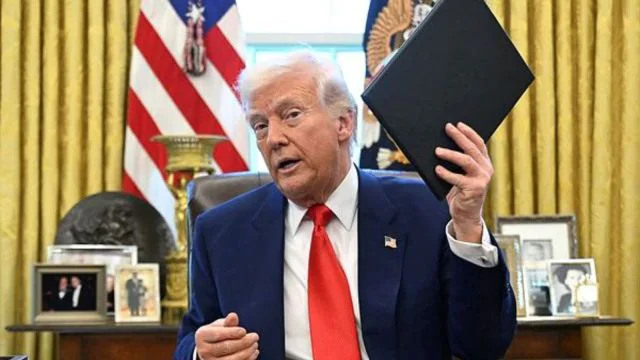
U.S. Tariffs Shift as Markets Roar Back
Washington’s latest tariff gambit took a sharp turn this week, as a 10% import levy—slapped on every country since April 5—stayed put, while steeper reciprocal tariffs, unveiled just a day ago, got a 90-day breather. Well, except for China, which is still staring down a 125% wall. The move came after a wild ride in the markets, where bonds and stocks alike forced the White House to recalibrate.
Last week, Wall Street tanked as traders balked at the tariff rollout, with the S&P 500 and Nasdaq taking a beating. President Trump had shrugged it off, calling it a bitter pill for a stronger economy. But the bond market—those unforgiving "vigilantes"—had other ideas. Yields on 10-year Treasuries spiked from 4.00% to 4.51% by Tuesday, a jump that rattled mortgage rates, car loans, and credit card costs nationwide. Behind it: a flood of bond selling, a limp $58 billion Treasury auction, and hedge funds scrambling to unwind leveraged trades gone sour.
By Wednesday, the administration blinked. Freezing the reciprocal tariffs—save for China—sparked a market U-turn. The Nasdaq soared to its second-best day since 2001, the S&P 500 notched its third-best since 1945, and Goldman Sachs slashed its recession odds from 65% to 45%. Relief, sure, but no one’s popping champagne yet. Inflation fears still loom, and that 90-day clock’s ticking—plenty of time for Trump to rethink his next play.
Stichworte







